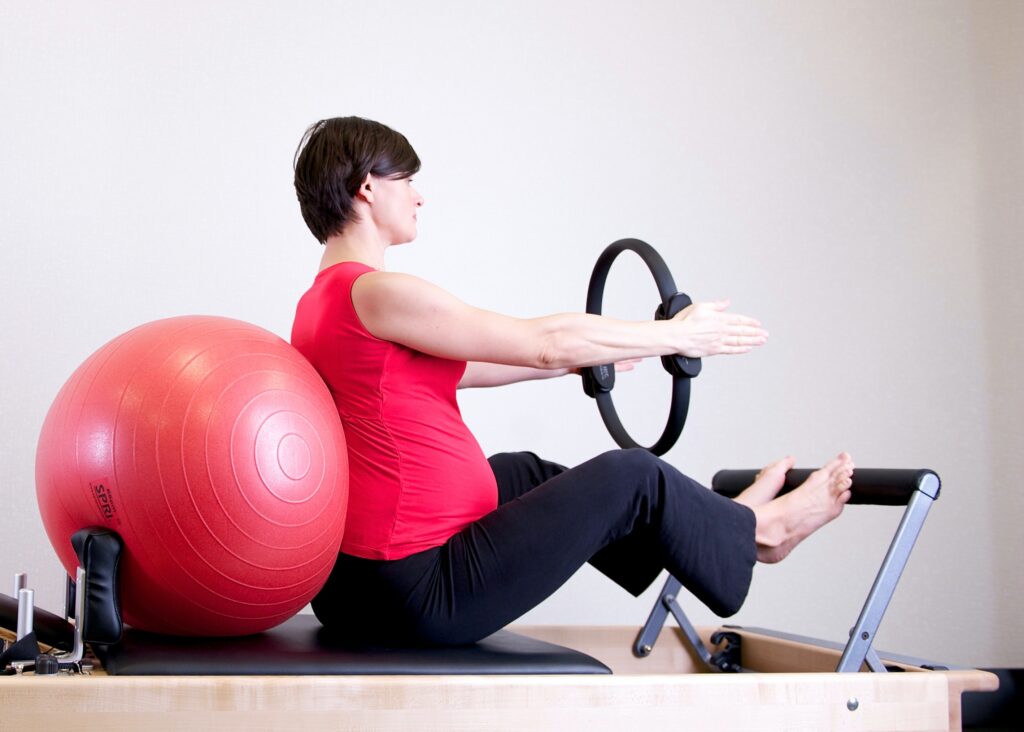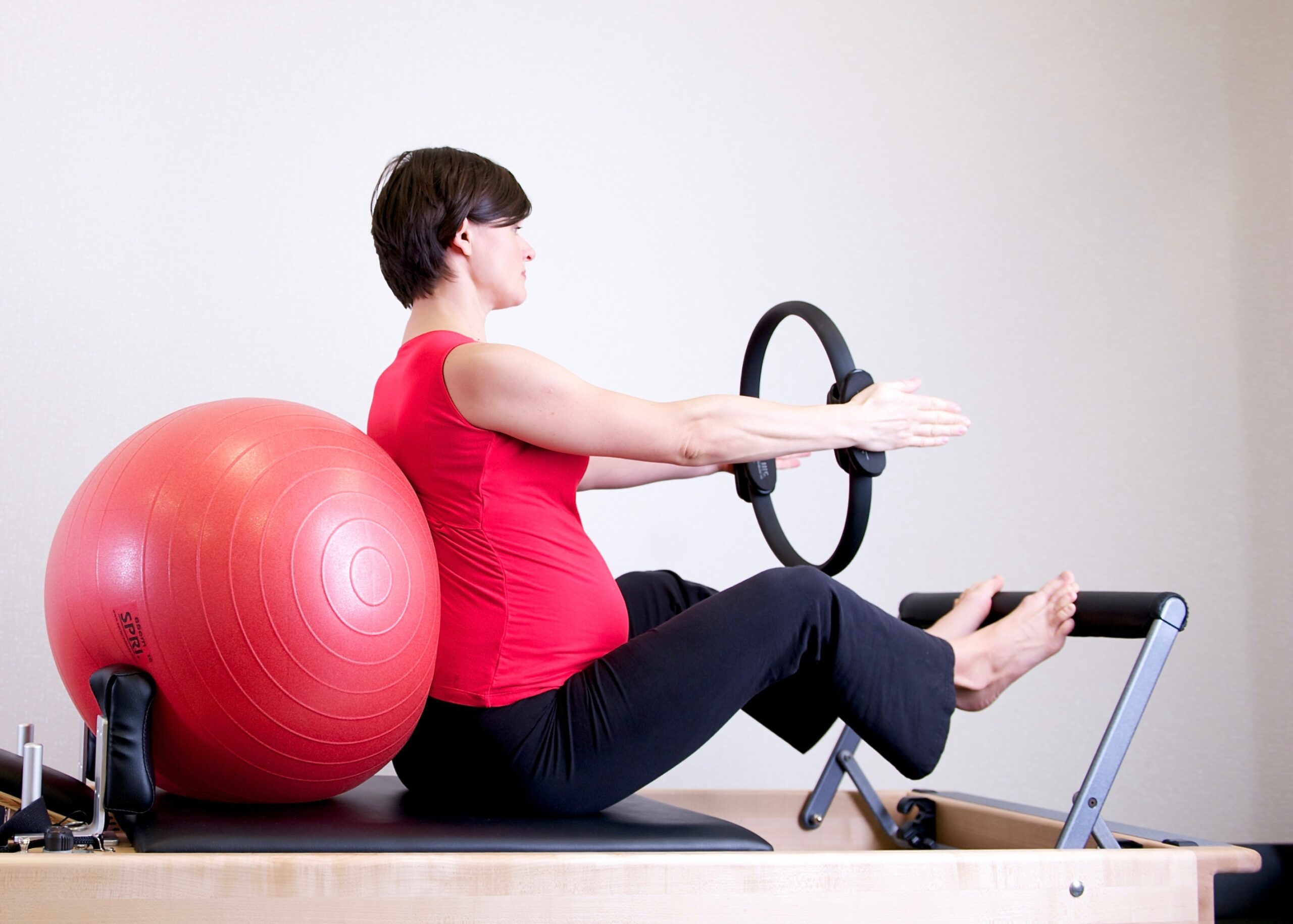Kegel Exercises 101: A Comprehensive Guide to Strengthening Your Pelvic Floor

Kegel exercises for women. Are you tired of dealing with embarrassing leaks and weak pelvic muscles? Look no further! Welcome to our comprehensive guide on Kegel exercises, the ultimate solution to strengthening your pelvic floor muscles. Whether you’re a new mom, suffering from urinary incontinence, or simply looking to improve your overall pelvic health, this guide is your go-to resource. We understand the importance of a strong pelvic floor and the impact it has on your daily life. That’s why we’ve compiled all the essential information you need to know about Kegel exercises in one place. From understanding the anatomy of your pelvic floor to step-by-step instructions on how to perform the exercises correctly, we’ve got you covered. Say goodbye to those embarrassing leaks and hello to a stronger and healthier pelvic floor. Let’s dive in and discover the power of Kegel exercises together!
Understanding the Pelvic Floor Muscles
The pelvic floor muscles are a group of muscles that stretch like a hammock from the pubic bone to the tailbone. They support the organs in the pelvic region, including the bladder, uterus, and rectum. These muscles play a crucial role in maintaining urinary control, sexual function, and overall core stability. However, like any other muscle group, the pelvic floor muscles can become weak or damaged over time, leading to various issues such as urinary incontinence, pelvic organ prolapse, and even sexual dysfunction.
The Importance of a Strong Pelvic Floor
Having a strong and healthy pelvic floor is essential for both men and women. For women, a strong pelvic floor can aid in recovery after childbirth, prevent urinary incontinence, and improve sexual satisfaction. For men, strong pelvic floor muscles can help maintain erectile function and prevent urinary and bowel incontinence. Additionally, a strong pelvic floor provides the necessary support for the organs in the pelvic area, reducing the risk of prolapse and other related conditions.
Common Reasons for Weakened Pelvic Floor Muscles
Several factors can contribute to weakened pelvic floor muscles. Pregnancy and childbirth are significant causes, as the muscles are stretched and can become damaged during delivery. Hormonal changes during menopause can also lead to a loss of muscle tone in the pelvic region. Other factors, such as chronic coughing, obesity, and heavy lifting, can put strain on the pelvic floor and weaken the muscles over time.
2. Don’t overdo it: Avoid overexerting your pelvic floor muscles by not holding the contractions for too long or performing too many repetitions. It’s important to find a balance that challenges your muscles without causing strain or discomfort.
3. Stay consistent: Consistency is key when it comes to Kegel exercises. Set a schedule and stick to it. Consider setting reminders or incorporating the exercises into your daily routine until they become a habit.
4. Seek professional guidance: If you’re unsure about whether you’re performing Kegel exercises correctly or if you have any underlying medical conditions, it’s always a good idea to consult with a healthcare professional. They can provide personalized advice and guidance based on your specific needs.

How to Identify Your Pelvic Floor Muscles
Before you can start strengthening your pelvic floor, it’s important to know how to identify and isolate these muscles. One way to do this is by stopping the flow of urine midstream. The muscles you use to do this are your pelvic floor muscles. However, it’s important to note that this should only be done as a test and not during regular Kegel exercises. Another way to identify your pelvic floor muscles is by inserting a clean finger into your vagina or rectum and squeezing your muscles. If you feel a tightening or lifting sensation, you have successfully located your pelvic floor muscles.
Lifestyle Factors That Impact Pelvic Floor Health
In addition to exercises and techniques, certain lifestyle factors can also affect the health and strength of your pelvic floor muscles. Here are a few things to consider:
1. Maintain a healthy weight: Excess weight puts additional strain on your pelvic floor muscles. Aim to maintain a healthy weight through a balanced diet and regular exercise.
2. Stay hydrated: Adequate hydration is important for maintaining healthy muscles, including your pelvic floor muscles. Drink plenty of water throughout the day.
3. Avoid constipation: Straining during bowel movements can weaken the pelvic floor muscles over time. Eat a fiber-rich diet, stay hydrated, and establish regular bowel habits to prevent constipation.
4. Practice good posture: Poor posture can contribute to pelvic floor dysfunction. Maintain good posture throughout the day, especially when sitting or standing for long periods.
By adopting these healthy lifestyle habits, you can support the strength and function of your pelvic floor muscles.

Step-by-Step Guide to Performing Kegel Exercises
Now that you’ve identified your pelvic floor muscles, it’s time to learn how to perform Kegel exercises correctly. Follow these steps to get started:
1. Find a comfortable position: You can perform Kegel exercises in various positions, such as lying down, sitting, or standing. Choose a position that allows you to relax your body and focus on your pelvic floor muscles.
2. Contract your pelvic floor muscles: Imagine that you are trying to stop the flow of urine or prevent yourself from passing gas. Squeeze your pelvic floor muscles and hold for a count of three to five seconds. Be careful not to hold your breath or tighten your buttocks, thighs, or abdominal muscles during the exercise.
3. Release and relax: After holding the contraction, release your pelvic floor muscles and relax for a count of three to five seconds. This completes one repetition. Start with ten repetitions and gradually increase the number as you become more comfortable.
4. Repeat regularly: Aim to perform Kegel exercises at least three times a day. Consistency is key to seeing results. You can incorporate Kegel exercises into your daily routine by doing them while brushing your teeth, watching TV, or sitting at your desk.
Remember, it’s important to be patient and persistent. It may take several weeks or even months of regular practice to notice significant improvements in your pelvic floor strength.
Tips for Maximizing the Effectiveness of Kegel Exercises
While performing Kegel exercises, keep the following tips in mind to maximize their effectiveness: 1. Gradually increase the intensity: Start with shorter contractions and gradually work your way up to longer durations. You can also experiment with different intensities of contractions, from gentle squeezes to maximum effort.
2. Electrical stimulation: In this technique, a small electrical current is delivered to your pelvic floor muscles, causing them to contract and strengthen. This can be done with the help of a healthcare professional or using at-home devices.
3. Pelvic floor physical therapy: A pelvic floor physical therapist can provide personalized exercises and techniques to strengthen your pelvic floor muscles. They may also use manual therapy techniques to address any tightness or dysfunction in the muscles.
4. Kegel balls or weights: These devices, inserted into the vagina, provide resistance during Kegel exercises, making them more challenging and effective. They can help improve muscle tone and increase the strength of your pelvic floor muscles.
Incorporating Kegel Exercises into Your Daily Routine
To make Kegel exercises a regular part of your daily routine, try incorporating them into activities you already do. Here are a few ideas:
1. Morning routine: Perform a set of Kegel exercises while brushing your teeth or making your bed in the morning.
2. Commute exercises: If you have a long commute, take advantage of the time by doing Kegel exercises while sitting in traffic or on public transportation.
3. TV time: Use commercial breaks or your favorite TV shows as a reminder to do a set of Kegels.
4. Before bed: Wind down for the night by doing a few sets of Kegel exercises before you go to sleep.
Remember, consistency is key, so find a routine that works for you and stick to it.
Frequently Asked Questions About Kegel Exercises
1. Are Kegel exercises only for women?
No, Kegel exercises are beneficial for both men and women. Men can also benefit from strengthening their pelvic floor muscles to improve bladder control, sexual function, and overall core stability.
2. Can Kegel exercises improve sexual satisfaction?
Yes, Kegel exercises can enhance sexual satisfaction for both men and women. By strengthening the pelvic floor muscles, you can improve muscle tone, increase blood flow to the genital area, and enhance orgasmic potential.
3. How long does it take to see results from Kegel exercises?
The time it takes to see results from Kegel exercises can vary from person to person. With regular practice and consistency, most people start noticing improvements within a few weeks to a few months.
4. Can Kegel exercises prevent urinary incontinence?
Yes, Kegel exercises can help prevent and manage urinary incontinence. By strengthening the pelvic floor muscles, you can improve bladder control and reduce the risk of leaks.
5. Can Kegel exercises be done during pregnancy?
Yes, Kegel exercises are safe to do during pregnancy and can help prepare the pelvic floor muscles for childbirth. However, it’s important to consult with your healthcare provider for guidance on when and how to perform the exercises during pregnancy.

Conclusion
A strong and healthy pelvic floor is essential for overall well-being and quality of life. By incorporating Kegel exercises into your daily routine, you can strengthen your pelvic floor muscles, improve bladder control, enhance sexual satisfaction, and prevent related issues such as urinary incontinence and pelvic organ prolapse. Remember to start with proper identification of your pelvic floor muscles, follow the step-by-step guide for performing Kegel exercises correctly, and stay consistent with your practice. If you have any concerns or questions, don’t hesitate to seek guidance from a healthcare professional. Say goodbye to embarrassing leaks and hello to a stronger and healthier pelvic floor with the power of Kegel exercises for women!

